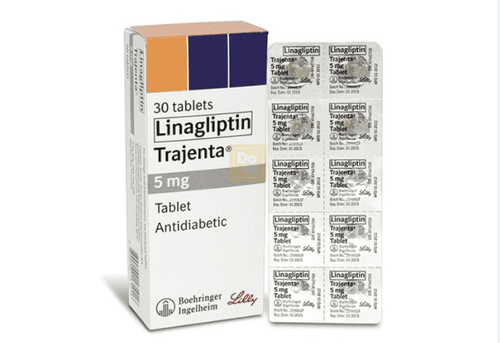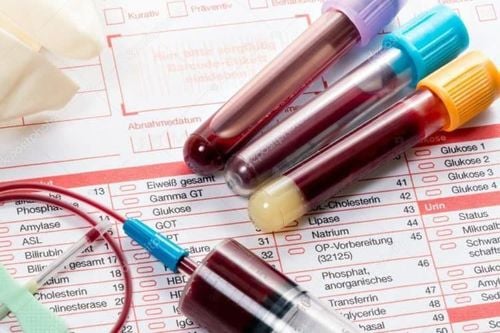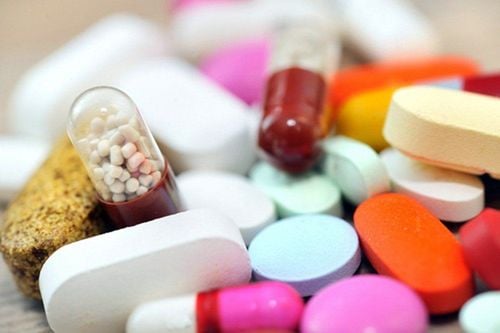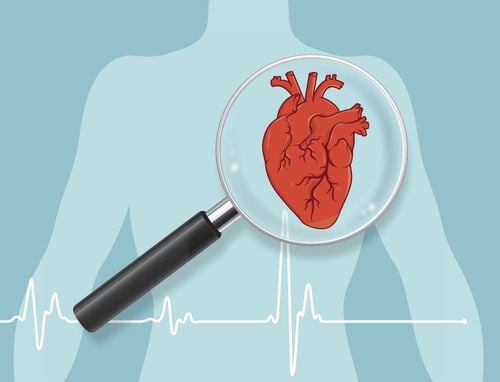This is an automatically translated article.
Today, the rate of people with diabetes is growing rapidly as well as being younger in age. There are many different methods of monitoring and treating disease, in which capillary blood sugar testing is a very simple technique that is easy to apply.1. Advantages of capillary blood sugar test
The capillary blood glucose test method has been applied for a long time because it has the following advantages:The amount of blood taken from the patient is very small and less difficult than taking blood from a vein. Capillary blood sugar testing can be done at the bedside. Consistent with the frequency of regular blood sugar checks of diabetics. There is not much pain or scarring at the blood collection site.
2. Indications and contraindications for capillary blood glucose testing
2.1 Indication The number of times of measuring capillary blood sugar during the day, week as well as the time of measurement is indicated by the treating doctor based on the patient's medical condition and medical needs. In cases where the patient is being treated with insulin, is adjusting the dose of blood sugar-lowering drugs, pregnant women with a diagnosis of gestational diabetes can try one to several times a day. Other times: People with diabetes can try whenever their doctor notices unusual symptoms such as: Increased thirst, drinking more water, urinating a lot, hunger, weakness, sweating. sweat even before and after exercise. 2.2 Contraindications There are no absolute contraindications to blood sugar testing.

Người bệnh có dấu hiệu uống nhiều nước hơn cần được chỉ định xét nghiệm
3. Procedure for performing a capillary blood sugar test
3.1 Prepare the patient Check the patient's name, bed number, appointment time for blood sugar test. Inform, guide, explain for patient cooperation. Ask the sick person to wash and dry his or her hands or disinfect them with alcohol-based wipes and let them dry. Place the patient in an appropriate position (sitting or lying). 3.2 Prepare equipment Compulsory equipment includes blood sugar tester, blood sugar test strips, blood needle, blood pen, blood sugar monitoring board. Check the blood sugar test strips (Expiry date, time of use since opening the test strip box), check the tester (Condition of the device, battery). 70 degree alcohol cotton box, dry cotton. Waste containers such as test strips, used blood needles.
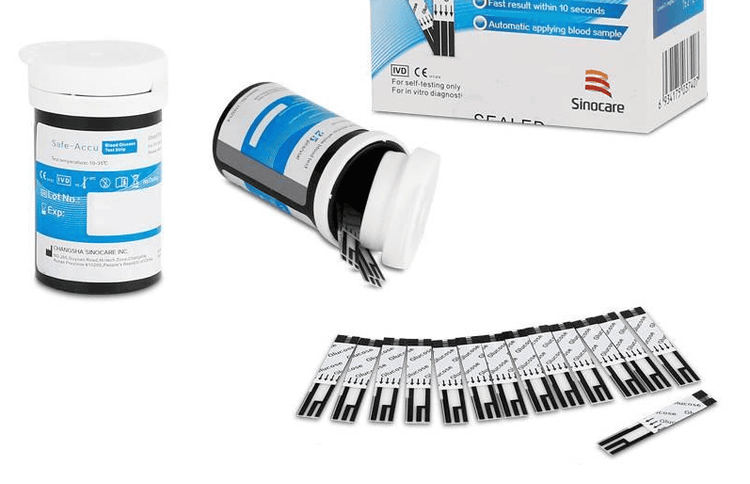
Que thử đường máu được sử dụng trong xét nghiệm
3.3 Steps to take Step 1: The nurse washes her hands, wears a hat, and wears a mask.
Step 2: Check the thickness of the victim's skin, insert the needle into the blood pen and adjust the depth accordingly.
Step 3: Carefully remove the test strip from the box (close the lid immediately).
Step 4: Insert the test strip into the machine so that the machine starts automatically or and turn on the blood sugar tester, compare the code displayed on the machine with the code of the test strip (if not, correct it).
Step 5: The nurse holds the patient's hand, gently strokes the blood from the base of the finger to the tip of the finger (one of the four fingers, fingers 2, 3, 4, 5), the tip of the pen is inserted into the outer edge of the tip of the finger. and press the pen to draw blood, squeeze gently to get enough drops of blood (depending on the type of machine that takes more or less blood)
Step 6: Depending on the type of machine, the blood is soaked into the test paper and then plugged into the machine, or left next to the test strip to absorb blood
Step 7: Clean the sampling site on the patient's hand with dry cotton.
Step 8: Wait for the machine to display the results (from 5 to 45 seconds), read the results, notify the patient of the results, advise the patient of the necessary things (such as eating immediately if the blood sugar is low...).
Step 9: Immediately discard used blood glucose test strips and needles in an appropriate medical waste container.
Step 10: Clean up tools, wash hands.
Note : Some errors may occur
Wet fingers (due to alcohol, water) dilute and fail to create blood drops leading to incorrect blood sugar results. Do not adjust the meter code to match the test strip. The test strip shows signs of moisture or has expired. Insufficient blood collection leads to test strip failure or inaccurate results.

Bác sĩ sẽ thông báo kết quả đến người bệnh về tình trạng bệnh gặp phải
4. Evaluation of capillary blood sugar test results
The meaning of capillary blood sugar test results depends on the individual patient. According to the recommendations of the American Diabetes Association (ADA) in 2015, the capillary blood sugar test index before eating is from 4.4 to 7.2 mmol/l and <10 mmol/l after eating for 2 hours is the target. pepper.
For pregnant women with a diagnosis of gestational diabetes, blood sugar goals require tighter control.
Before eating: < 5.3 mmol/L. 1 hour after eating: < 7.8 mmol/L. 2 hours after eating: < 6.7 mmol/L.
The person performing the test needs to record the nursing note including the date and time of the measurement, record the results in the monitoring book and need to notify the doctor and promptly handle when the abnormal blood sugar result is too high (HI) or too low (WORRY).
Customers when choosing to perform tests at Vinmec International General Hospital can be completely assured of the accuracy of test results.
Customers who need medical examination and treatment at Vinmec International General Hospital, you can contact Vinmec Health System nationwide or register online HERE.




